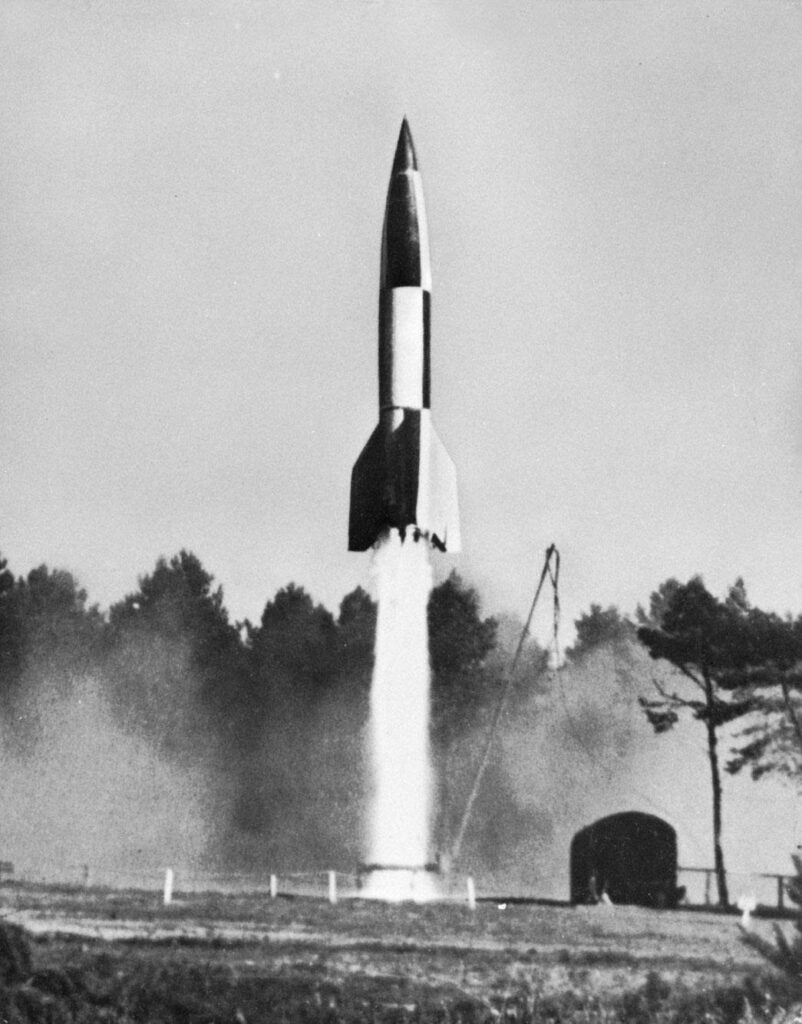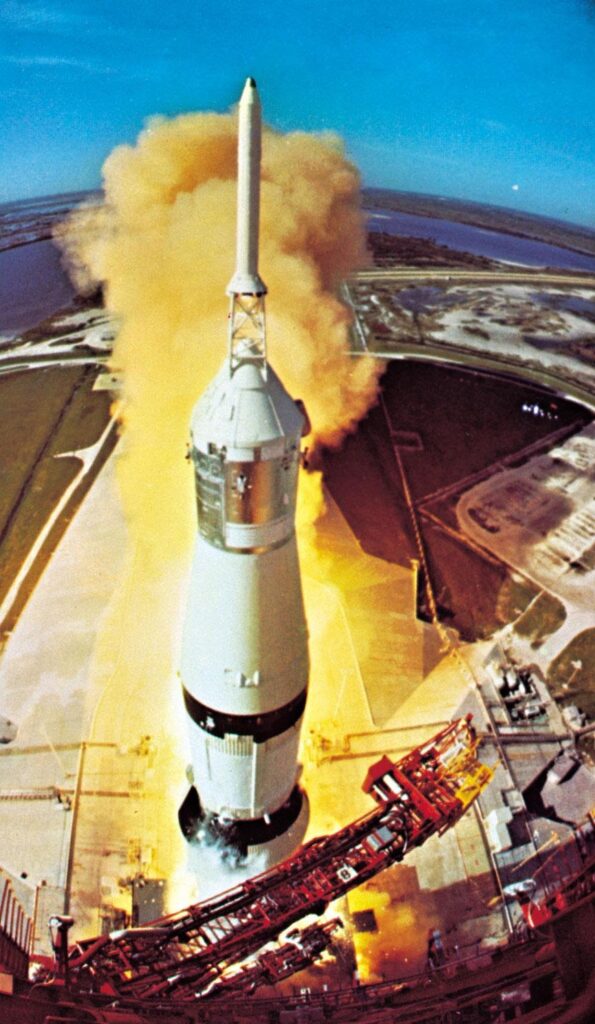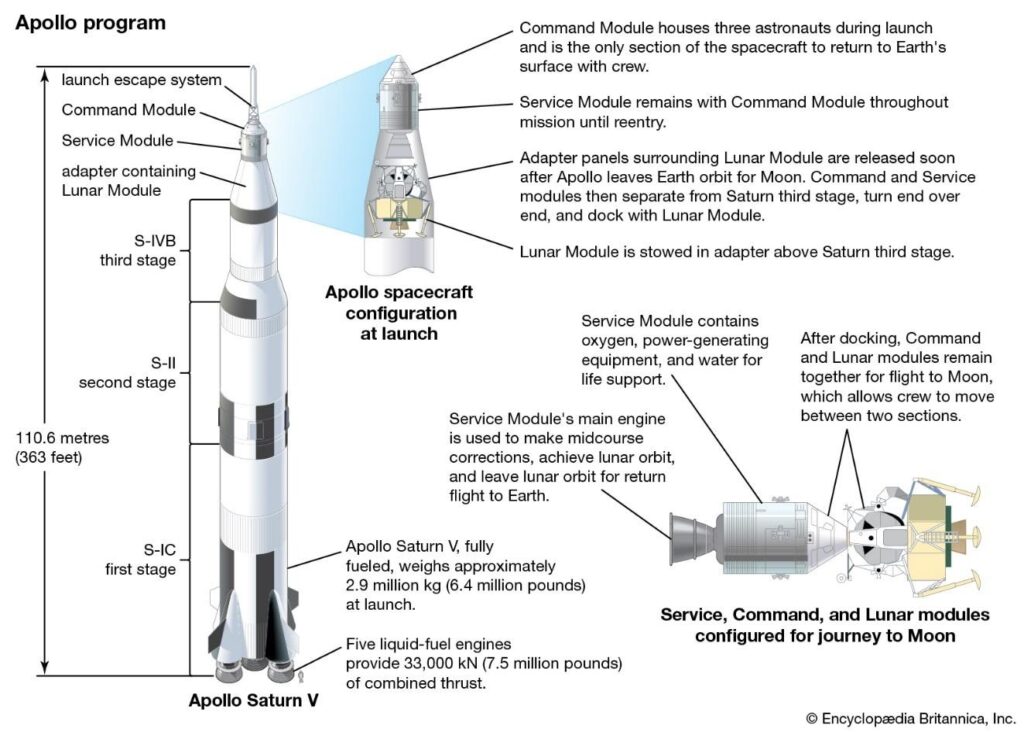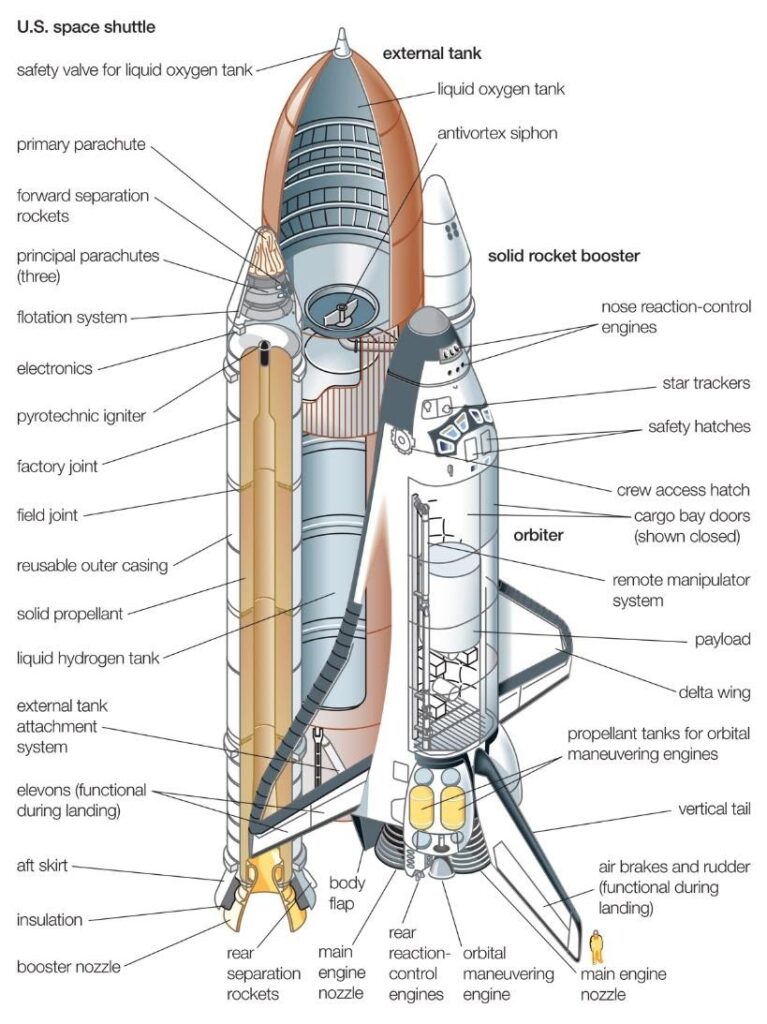Background
The world is changing? No, the Universe is changing! the universe we know in our minds and we know scientifically. Since the advent of Yuri Gagarin, the “First Man” to journey outer-space. Mankind has its eyes on the solar system and other worlds. For now, we have sent “Voyager Spacecrafts” farther than our Solar-System, and thousands of Satellites orbiting our planet. We live in times, where Mankind has established that journeying and studying outer space is directly relevant, beneficial, and crucial to our survival as species, even in far-sighting terms; as Space Exploration pioneer Elon Musk says, “Mankind needs to be on Mars and an Interplanetary Species”.
As per Statista (2019), we have a space industry of $428 Billion while a race between huge infrastructures such as NASA, ROSCOSMOS, ESA, CSNA and some of the emerging powers such as ISRO, JAXA, UAE, most of them except UAE have “Satellite Launch Vehicle: Capability”, the ability to successfully send a payload into Orbit or Outerspace. In this report, we will be discussing some facts, possibilities, and the sheer national desideratum of “SLV Capability for Pakistan” to have a desired role in the future Space Age. Now, we know that gathering data is the foremost necessity for answering big questions such as our origination as species and from advancing of the civilization to our survival on the planet in some cases possibilities of extremity.
Relevance of Space’s Technology
According to research in the U.S, every dollar spent on NASA’s space program has indirectly added more than $8 to the economy, which estimates and establishes that space research makes a country or economy stands on its feet through financial and social benefits. Today, no area of research or life’s not impacted by the advancement and investment in Space Technology. It paves a way for the rise of different industries such as aviation, the internet, weather, climate, telecommunication, academia, agriculture, geopolitics, and so many others.
In contemporary world, we have the infinite technologies that were invented or innovated by the pursuit of space goals. Monitoring Earth’s weather and climate help us to predict future conditions of the atmosphere and helping us to make smart decisions in our daily lives, such as regulating the air traffic in Aviation while having a weather forecast updates. Having preemptive warnings of Hurricanes or Cyclones that are only made possible from today’s common use as Satellite Technology, the machines orbiting on different heights and calibrating our meteorological conditions. We also employ the use of satellites to have long-distance international calls, connecting with people through the internet, radio, and satellite TV.
You can’t imagine driving a car today without GPS, and cannot understand or observe the agriculture and forestry, as there have been devastations of wildlife fires, that couldn’t have been halt or damage-controlled without the help of Remote Sensing, the abruption of Remote Sensing Satellites will only be catastrophic for us, there will be no control and regulating for Air Traffic in thousands of flights every minute in commercial aviation.
Most recently, it can be witnessed through the emergence and takeover of private investment in the space industry. Today, we have many successful businesses, thriving and localizing the awareness of space and future use. We live in times of SpaceX, Blue Origin, Virgin Galactic, United Launch Alliance, Boeing, and many others, diversifying the economic impact by directly employing thousands of hi-tech jobs, changing the world in eventual terms. In the future, we will be having space tourism, lunar stations, orbiting hotels; all of these ideas are scientifically possible and are just modern engineering challenges that will surely be a commonly known reality in a few years. SpaceX has already won governmental contracts for delivering payloads to the International Space Station and taking the astronauts to Space and back to home, all are now facts, not future possibilities, showing us a huge new world, where “Space is for everyone”.
Interestingly, since last century’s discovery in Cosmology by Astronomer Edwin Hubble, it’s now that we know about, ’the expansion of the universe, a huge generation of scientists are admired to pursue space sciences such as aerospace, astronomy, math, astrophysics, astrobiology, all the areas of STEM. New disciplines are being formed, highly distinct topics and areas of research are being explored by researchers all over the world, and a lot of it is due to the Space Driven Age.
Even, in times of many global conflicts and geopolitical tensions, scientific collaborations have only been one of the areas, where the world has shown the force of positivity, while maintaining International Space Stations, as one of the biggest mankind’s achievement, a source of pride and interconnectedness for all beyond the borders. In more practical terms, for the last five decades, NASA’s has impacted the world with more than 1600 commercial technology products (Spin-off, 2008), as rigorous research and processes have been carried out by NASA and its collaborations or supervision throughout the scientific world, the discoveries have been immensely taken place, the environments and curiosity cultures have been laid down throughout the world, not limited to the U.S.
Above all, they put the “Man on the Moon”; also known as humanity’s biggest achievement. This all corroborates a revolutionary impact factor of Space Technology in our lives. We know about our planet, moons, and the solar system more than any other civilization that has existed since the millennia. Now, similar nature of spark and culture needs to be established within Pakistan. Fortunately, Pakistan is one of the few countries in history to have one of the earliest and first space programs in the world, but still, yet, it has lot to achieve and emerge to stay connected with the present space-time.
In this report, we will be discussing, the very next step that ought to be taken for Pakistan, the design and development of Satellite Launch Vehicle Capability, for which we the nation has a technological arrangement, resources, and commercial value in the future for financial outcomes.
Concept of Satellite Launch Vehicle
The basic concept of a launch vehicle or a carrying rocket is propelling rocket that is used to take any payload from Earth to the outer atmosphere, usually the orbits or beyond to the solar system, and any desired trajectory. The system compromises a Launch Vehicle, a launching pad that supports the vehicle and payload; the overall vehicle assembly, fueling system, range safety, and other parts.
Originally, the ideas are driven from military applications of Ballistic Missiles that were made in the early 1950s. The three most reputable Rocket Scientists, who pioneered the field were Konstantin Tsiolkovsky of Russia, America’s famous Robert Goddard, and Hermann Oberth of Germany. They all have one common recognition as they understood that to venture into outer space humanity needs a powerful launching vehicle or force, for which they did their contribution.
As per estimated calculations, to reach Earth’s orbit, a rocket must propel a payload to a velocity of around 28,000 Km (17,500miles) per hour, nearly 25-26 times more than the speed of sound. The payload has to overcome and apply more thrust than Earth’s gravity, and for leaving Earth’s gravity and reaching Moon, Mars, or other bodies the velocity is roughly 40,000 km (25,000 miles) per hour. At the start, the acceleration must be highly rapid, overcoming the atmospheric drag, turbulence, and other factors for a minimum period, and the rocket system’s stress enduring limits while launching from Earth, the orbital velocity that’s required is achieved within 10-12 minutes. To support such a high number, two or more rocket engines are there, they burn a massive quantity of fuel/propellant, and the trajectory of the vehicle is controlled within the decided mission.
Sounds exciting, but it’s a very challenging problem for aerospace engineers, the weight of the vehicle has to be very low yet rigid, but major weight accounts for the fuel it carries. Mostly, throughout today, as we have passed the problem and now we live in an era of shuttles and reusable rockets (SpaceX’s Falcon Family of Rockets), which we will discuss in detail further in the report later, the reliability has been 96%-99%.
The Operations of a Rocket to send a Payload into Space
To send a payload or spacecraft on its course into outer space, it needs to escape Earth’s gravity. Which is provided by a launch vehicle.
A rocket demonstrates Newton’s third law, “For every action, there is an equal and opposite reaction.” Here, the action part is when the gases flow out of the rear of the vehicle, which is produced by the combustion of the fuel, and in reaction, the thrust force is produced which pushes the payload and overall vehicle structure into the opposite direction (Towards Space). But, interestingly to encounter the oxygen problem in a vacuum beyond the planetary atmosphere of Earth, the rocket carries its oxidizing agent that’s needed for burning the fuel and continues the trajectory of the payload for its destination.
A rocket consists of parts such as spacecraft, fuel system, rocket engines, and other system structures. The three basic factors are a challenge to be balanced; weight, lift, and reliability at all costs. The thrust produced by the engines must always be greater in force than the whole structure as a whole. The stress is applied on all the parts, the structure must withstand all the forces such as rapid acceleration, atmospheric resistance, high temperatures, and overall mechanical integrity, and this all requires high precision engineering and reliability. Interestingly, as per the rocketry principles at MIT: The 90% weight makes up the propellant, and the structure and payload is around 10%.
Space Launch Vehicle Stages
Lower stages
Stating Konstantin Tsiolkovsky’s work, the rocket is divided into “stages”. The first part is the heaviest where the heavy engines, large fuel tanks, and oxidizing tanks are installed, an initial thrust is applied from there that helps in leaving Earth’s gravity. In traditional SLV systems, this stage has a detaching capability, once the remaining parts are out of Earth’s atmosphere. Consequently, the first stage usually falls back into the Earth’s ocean or any depopulated area. Further, the second stage also falls back to the Earth’s atmosphere after propelling the payload out of the Earth and it either falls back to the Earth or keeps floating in the space as space debris, which has become one of the biggest problems of today and some projects are speculated or under construction to clear the space debris in future years.

Upper Stages of the Rocket
There have been numerous stages being applied to rockets in the past, the addition of upper stages is backed by the reason to increase more lift capability in the launch vehicle, increasing reliability, as the upper stages only operate after one another, drastically producing huge against in performances, and high speeds after every stage through leaving the thick parts of the atmosphere.
Fuel Management
The propellant to power the rockets are mostly in two types, both liquid and solid. Ordinary Kerosene is used as a liquid fuel, which is used at ground level temperature, and liquid hydrogen for which temperature is extremely low 20 °K (−253 °C, or −423 °F), the liquid hydrogen is technically known as Cryogenic fuel. There’s another type, called hypergolic, which gets ignited spontaneously once contacted with an oxidizing agent, a form of hydrazine. They are well-known fuel components used on the Apollo missions to lift the crew out of the lunar surface. Now, to burn the fuel, we need an oxidizer, an oxygen-rich substance, it’s in liquid form to be used with hydrogen and kerosene.

Credits: machinedesign.com
Payload Protection & Deployment
The spacecraft or payload that’s required to be sent into space is always attached at the top of the rocket. During the collision of the upper stage with the thick atmosphere, it’s protected via modern composite material. For instance, if it’s intended for high Earth’s orbit or deeper into space, the upper stage engine is used and shut off until the payload gets into the orbit and then started again to achieve the desired spatial trajectory.
Controlling Spatial Trajectory
To have navigation and control capabilities, and determine the vehicle’s position, velocity, and direction towards the trajectory, the variables are determined, the vehicle guidance system has a “Course Correction Mechanism” that is backed by complex software, supercomputers, and other hardware devices.
Comprehensive Reliability
A launch system has one or more rocket engines, having high durability as per the requirements of the payload as the compass. Fuel to carry tanks, guidance, navigation, controllers, payload and overall housing, and systems. Further, to have additional lift some vehicles also have extra engines for added lift. To perform as per the mission requirements, the entire design has to be adequately made with a high level of operational reliability, as much light weightiness can be introduced is maximized to increase the payload lifting capability and cost-effectiveness. Every aspect of physics has to be taken into account from the extremity of pressure, temperature, shocks, vibrations and all kinds of stresses as the Vehicle will encounter super-sonic speeds, going through the atmospheric layer, and having the integrity of payload as its core mission segment or motive. While knowing that the results are to launch the spacecraft to space and the possibility of failure is there, under conditions, each human factor is taken into account.
There’s a term called “Human rated”, which implies that every component is of the highest possible reliability and backed with huge investments and rigorous research and development process, having redundancy in all crucial times. Undergoing all prior testing methods and possibilities. Even, unfortunately, there has been one fatality of human lives, on Jan 28, 1896, known as the devastating explosion of Challenger.
History of Launch Vehicles used by Global Space Powers
There have been numerous innovations, advancements and some powerful vehicles have been used since the 1950s till today’s reusable rockets. The origins start from Military Ballistic Missiles at the beginning of the Cold War. Rocket research race was at its starting peak, between Russia and the United States. American-German Rocketry Pioneer, Braun with his team was in the U.S after the War with many captured V-2 rockets. They were collaborated and under the supervision of the Military to gain expertise in operational and technological experience.

Braun developed the famous Jupiter IRBM, which later derived the V-2 Rocket. Later helping in as a launch vehicle for the first U.S artificial satellite on Jan 31, 1958. Further, Redstone (Another V-2 derivate), was used to launch America’s first Astronaut Alan Shepard into a suborbital flight.

Apollo 15 spacecraft
Credits: NASA
Later, when American President J.F Kennedy announced that America will be sending Man to the Moon, Braun and other rocket scientists were tasked by NASA to develop a launch vehicle that would be capable of carrying out a lunar mission. They used F-1 Engines for the renowned Saturn V Rocket, specifically designed for a lunar mission.
The Saturn V with Apollo Spacecraft had a height of 110.6 meters, with a weight of 3,000,000 Kg to lift off.


Since the era of the Cold War, Soviet Union/Russia has always been a leading force in Rocketry Business. As the Soviet Union has an early heavyweight rocket, ready to deliver a heavyweight nuclear warhead, they had successfully tested R-7 or Semyorka on August 21, 1957, as their designs were based on heavy carrying capabilities, this gave them an edge to place a significant heavy payload into orbits or any celestial body. Sputnik 1 was also launched by R-7 and also the legendary Cosmonaut “Yuri Gagarin” on April 12, 1961, who later became the first human to orbit Earth.

Credits: Encyclopedia Britannica, Inc.
SpaceX Recoverable Rocket Science
SpaceX: American private space industry pioneer has developed a family of Falcon, which has rockets Falcon 1, Falcon 9, and Falcon Heavy. With Falcon 1 having a capability of placing 1,010-Kg of payload into orbit at such a low cost due to its first stage recoverable capability and Falcon 9 can uplift a payload of up to 4,680 Kg to geostationary orbit and its first stage reusability. SpaceX has changed the industry by innovating reusable rockets and reducing costs to a huge low that it has NASA’s contract for ISS Supply, awarded by the U.S Government and it will be assisting NASA in Artemis Program, a program that will establish NASA’s station to the Moon.


Notably, that the emerging China, which has a family of “Long March Rockets’, which is used by CSNA, its national space agency. Recently, on 23rd July 2020, Tianwen-1 was launched from China’s Long March 5, heavy-lift rocket from Wenchang Spacecraft Launch Site, which carried China’s first landing to Mars to send a robotic spacecraft having an orbiter and lander, which reached Mars earlier this year, a remarkable achievement making China, the second country to drive a rover on the red planet.
Pakistan’s Potential in Development of SLV Capability
Last week, Pakistanis celebrated “Youm E Takbeer”, “The Day of Greatness” in English. As of 28 May 1998 Pakistan did its first successful Nuclear Test “Chagai I” and made headlines all over the world as the First Muslim Nuclear Power, a proud title many nationalists take pride in even today.
Similarly, decades ago, the ambition was skyrocketing on 16 September 1961, when Nobel Laureate Dr. Abdus Salam founded Pakistan as one of the first countries in the world to have its space agency known as Space and Upper Atmosphere Research Commission. Today, considering Pakistan’s capability of operating its satellites in Geostationary and Low Earth Orbits. But, unfortunately, there are no launching vehicles within the country’s abilities, and it entirely depends on its neighboring country China, which helped Pakistan to launch Paksat-IR from Xichang Satellite Launch Center.

Understanding the basic principles and techniques used in SLVs, we have concluded that having a country’s capability of launching payload can dramatically give rise to its space program, even commercial benefits, as previously Pakistan had to depend on China for it, and we can also see that UAE sent its Hope Probe to Mars earlier this year while using Mitsubishi Heavy Industry Technologies as Launching Spot. suggesting this suggests that the launching system is one of the core requirements to be a vibrant and active part of today’s space industry and Pakistan should look out its potential and options how it can achieve this target, it can go through technology transfer agreements with other space nations, even though China, which is also its biggest trade partner.

SUPARCO has already played a part previously in Hatf I and Hatf II development within the country in the early 80s, which shows the capability and relevant manpower of the organization. Being a nuclear power with quite competitive ICBM technology developed within the country that is capable of carrying nuclear warheads, a milestone for such a developing state. Pakistan has demonstrated the capability of Shaheen III, which turned out to be a medium-range ballistic missile, which suggests that its variant or derivative can be used to deliver and send light-weighted payloads into space.
Many experts have already called for this. On TV discussions, the former Director of the Space Science Institute at the University of Karachi; Dr. Shahid Qureshi, urged that “If we can launch a missile up to a range of 1,500 km, why not build an SLV that can launch low-atmosphere satellites?”. – Saadia Reza (Dawn – 2008)
Also, renowned Pakistani-American Scientist Dr. Salman Hameed, who teaches and researches Astronomy at Hampshire College, USA has pointed out that “Pakistan’s missile program is advanced enough to provide the basic support for a civilian space program. So that it can launch its own satellites. The issue at this point is really not of technological capability, although it would still need some advancements, but rather a long-term vision which can empower Pakistan’s Space Program to a prestigious status ”, corresponding a strong case for a future Space Launch Vehicle establishment within the country and excel it’s civilian space program into new dimensions, as this is the age of SPACE, that the world has never witnessed before.
Interestingly, Pakistan has interest and investment mostly in Remote Sensing Projects for agriculture, weather forecasting, and mapping that are being done within SUPARCO. So, why not in basic SLV infrastructure? It has already potential to go for it? It just needs the right direction, leadership, and initiatives. This can be turned into a huge commercial, scientific, and landmark opportunity, and can even derive a whole new scientific renaissance in the country.

Fouz Siddiqui is a writer, academic and scientific management person. Presently, he is a Co-founder and Chief Information Officer at Scientia Magazine. As CIO, he oversees the implementation and strategization of Scientia’s technological and scientific vision. Concurrently, In academia, he holds a Lecturer and QM position at ATH – IST. As an academic, his research interests are Exoplanetary Sciences within Astronomy. Furthermore, he also works with Kainaat Studios, as its Manager of Science Outreach.

